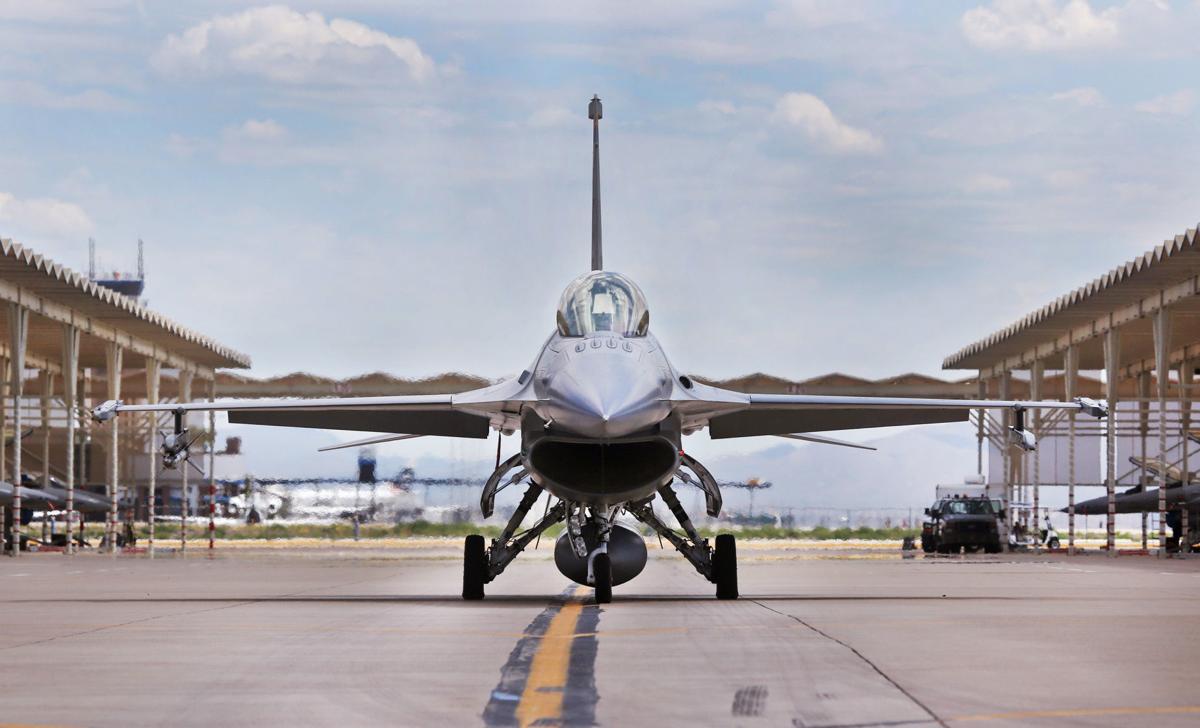The Air National Guard’s Tucson base stopped using the firefighting foam containing toxic PFAS compounds over the past two and one-half years, a guard spokesman says.
The base, home of the 162nd Air National Guard wing, stopped using what’s known as aqueous film-forming foam, or AFFF for short, in fire trucks in December 2016 and in a base hangar in July 2018, said Master Sgt. Charles Givens, an Air National Guard spokesman on the base.
Across the Air National Guard nationwide, what’s known as “legacy AFFF” has been replaced with a more environmentally responsible variety of firefighting foam, Givens said.
A recent consultant’s report done for the Air Guard found widespread PFAS contamination of groundwater under the Tucson base. It was found at up to 70 times the concentration at which the Environmental Protection Agency recommends that people stop drinking it.
The Air Force and Air National Guard started using PFAS compounds nationally in about 1970, the report said.
Givens hasn’t yet responded to questions from the Star as to when the Tucson Guard base started to use the compounds.
The presence of PFAS at high concentrations in groundwater “is consistent with” locations where the foam was most commonly used in the past and has potential to be released, the March 2019 consultant’s report said.
For now, however, the Guard can’t speculate as to how far the contamination has spread, Givens wrote in an email to the Star.
Also, until a followup, more detailed remedial investigation is done, “we cannot speculate” as to the contamination’s source, Givens said.
“At this point, all we can definitively say is that the (investigation) has confirmed the presence” of PFAS in groundwater due to historical use of AFFF, Givens said.
The recent Air Guard consultant’s report and an earlier one from 2016 identified eight buildings, concrete ramps, nozzle testing areas, hangars and a wash-rack area where PFAS compounds were or may have been used at the Guard base here.
The reports also identified five outfalls on the base from which the compounds could have been or were discharged into Airport Wash, a tributary to the Santa Cruz River.
The base is located on 94 acres, just adjacent to and northwest of Tucson International Airport. It was annexed into the city of Tucson last August.
Its 162nd Wing plays host to a squadron of F-16 Fighting Falcon aircraft. Its mission is to provide education and training for F-16 crews, and provide air defense and homeland security.





